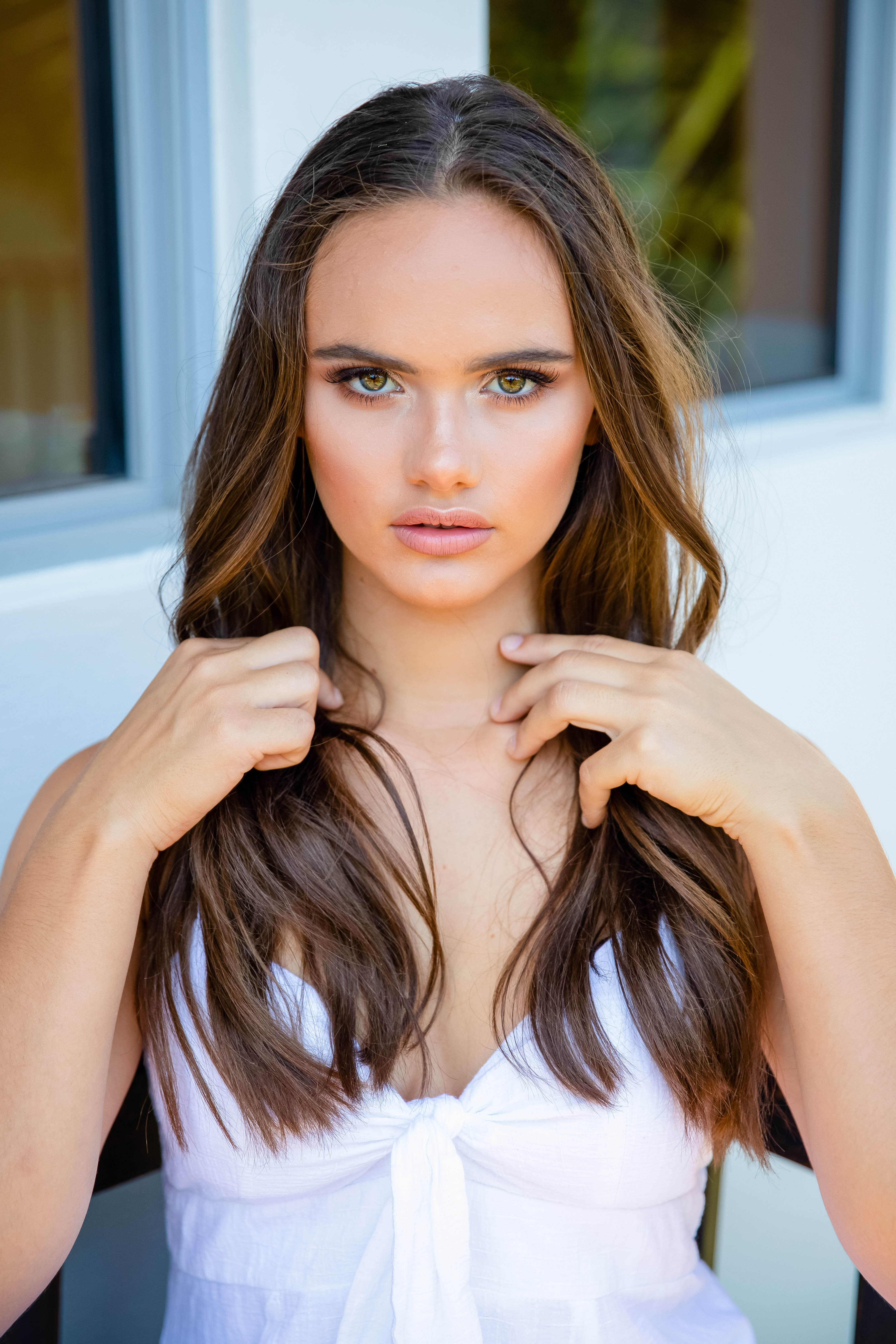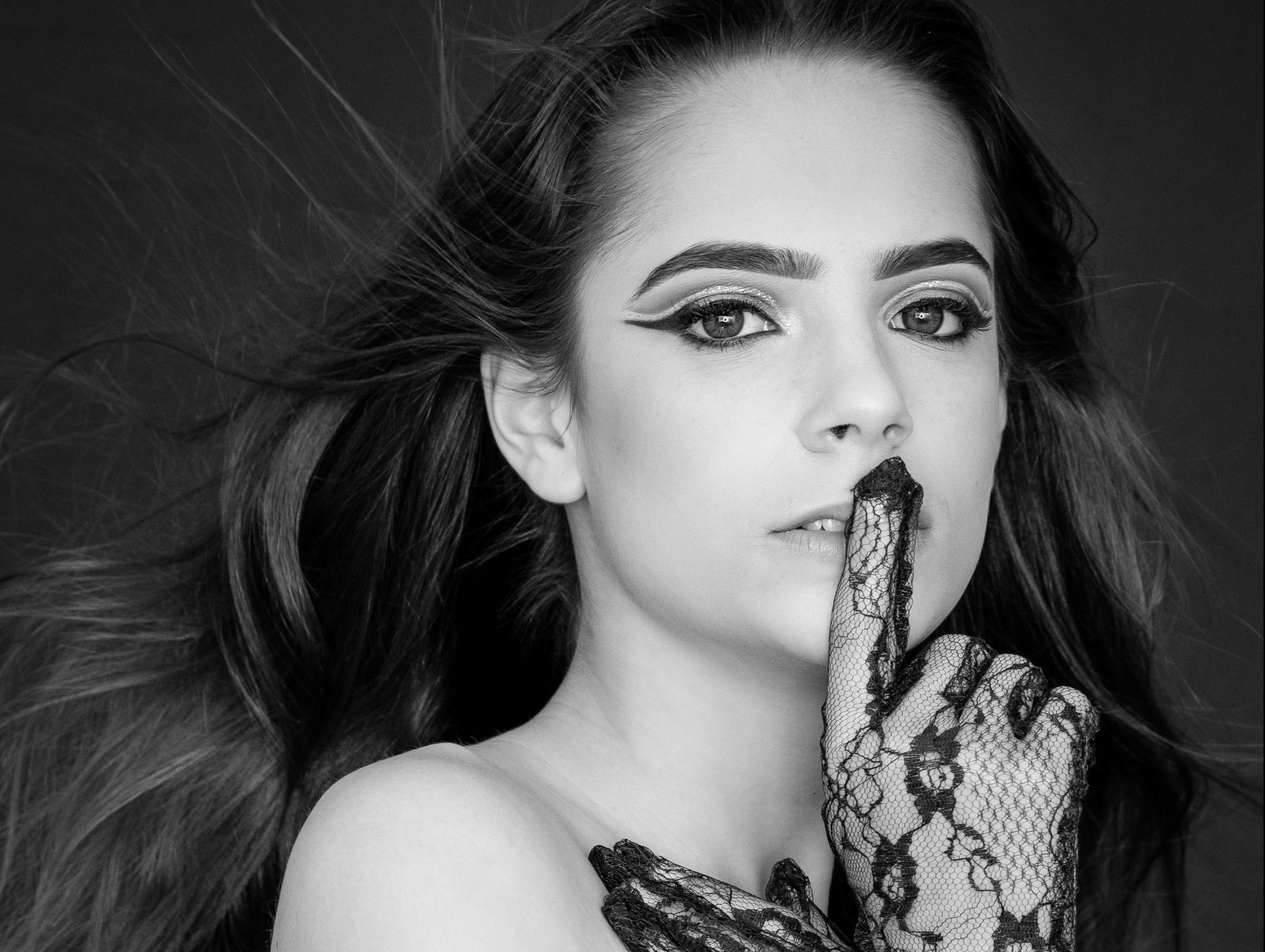How to Master Product Photography
What we're talking about
Product photography, or shopping photography as it's sometimes known, is essentially what it seems like: photos taken and used on websites and social media systems to product and lifestyle photography help drive sales of your product or service. Offered the surge of purchasing online, the selection of products and brand names offered to customers in any kind of provided classification can be large-- suggesting the photos that illustrate what you're selling and also why it's worth getting are a basic element for any kind of company marketing online.

Why it's important
There's much more to product photography than revealing potential customers what your product looks like. Well-considered photos can put your product in context, helping a customer see just how it might fit into their own life. In fact, researchers found that vivid as well as detailed imagery of a product boosts a client's emotional sense of ownership of that product. Photography can likewise assist increase your brand, strengthening what you represent and what you're all about. All of these points increase the probability of motivating a acquisition.
Taking pictures that offer context as well as develop your brand name does not necessarily need a lot of elegant devices or a professional digital photographer-- though those two things can assist. You just need to analyze your objectives when it pertains to photography and also spend a long time and also power into bringing those ideas to life.
Things to keep in mind
Different sorts of photos offer various purposes. One photo does not fit all. For just one product you could need a number of photos: standard product shots on a white background to use on industries; branded product shots to utilize by yourself internet site or social networks; way of life shots that show the product in operation or in an aspirational setup; detail shots that catch crucial elements or attributes you intend to highlight; as well as behind the curtain images that catch the procedure behind the product.
Focus on your illumination. Lighting, not the electronic camera, is what will certainly make or break an image. If you don't have a lot of expensive equipment, you're mosting likely to wish to deal with all-natural illumination, so locate a area near a large window to fire and also wait until the brightest time of day. Diffused lighting (aka soft as well as even) is the goal, and to avoid extra-bright areas or super-dark darkness you can use white foam board from your neighborhood art shop to mirror light onto your product.
Consistency is key. To make certain all your products are connected with your brand, make sure the way you photograph them is relatively constant. All your product images ought to be shot from the same angle and distance, and all way of life shots need to have a comparable tone and also colour scheme. Consider what you intend to achieve here, and once you manage it, try to make sure various other images you absorb the future appearance similar.

You do not require a pro to take professional shots. Sure, a expensive DSLR camera and also seasoned eye will make obtaining attractive product photos less complicated, however you can still reach a good area doing it on your own with a little focus to information as well as some basic equipment. Utilize the most effective electronic camera you have convenient (this might be on a smartphone, which is absolutely fine), a tripod to maintain points stable, some basic poster board or big sheets of paper to use as backdrops and white foam board to diffuse and also you'll be a in a suitable starting position to get some great shots.
How to shoot images of your product
1. Make a mood board. Don't miss this step. Take a while to collect photos that catch the look and feel you want to duplicate in your images. Study the angles made use of, the props in position and the colours as well as tones of the pictures that inspire you as well as look for patterns in the important things you're drawn to. The notes you make right here will certainly help you determine what to go for when styling and firing your very own images.
2. Choose what you require. Make a list of all the images you desire for each and every product. At minimum, this need to probably include a couple of easy product shots (that show the thing from various crucial angles) on a neutral background; some more enjoyable product shots that straighten far better with your brand name; and also way of living shots to put the product in context for your customer.
3. Establish the scene. Perfect your set up on shoot day. Select a time of day when you have accessibility to natural light as well as set up your place ( possibly a table near a huge window) with history papers as well as props as required. You can utilize Blu Tack or tape to maintain things ready-- take time to see to it the set up benefits your pictures.
4. Take and also take back photos. Time to fire! It will possibly take several shots to get the shot precisely right, so don't be afraid to take several pictures of the exact same setup at the same angle. See to it to quit and inspect to see what the pictures look like and also take note of the details. Is the illumination also or are any type of key features obscured by darkness or highlights? Exist any disturbances within your frame that might not be able to be modified or chopped out later on? See to it you capture all the shots you listed out when intending your photoshoot.

5. Make edits and selections. Experience all the pictures you took and choose a couple of images of each kind for each product that work the very best. Limit the ones you intend on utilizing to display your product online, then make edits to help all the images look consistent. Again, no pro skills required-- standard software program on your phone or computer system can help crop out distracting aspects and adjust things like contrast and exposure to assist ensure the product is illustrated plainly.
6. Optimise photos for the web. Before using your photos online, ensure they are sized properly-- both in terms of element proportion (the proportions of the photos) and also resolution ( the amount of pixels develop the image) for the system you're publishing on. Different social media sites platforms or website layouts commonly make use of different dimensions and also specs (check out this helpful rip off sheet). You'll need to ensure the photo is of good-enough top quality so it isn't blurry, yet has a small adequate data size to make it pack quickly. Ultimately, make certain images are named descriptively, so online search engine can bring them up when people search for things like the ones envisioned in your photos.
Trick takeaways
• You'll desire a few different styles of pictures for each and every of your items-- there are most likely to be multiple purposes you'll require your photography to meet.
• You can DIY wonderful product pictures with some standard package: a tripod, a decent mobile phone and also some easy paper histories and also props.
• Lighting is key-- shooting near a home window at a bright time of day can make a huge distinction.